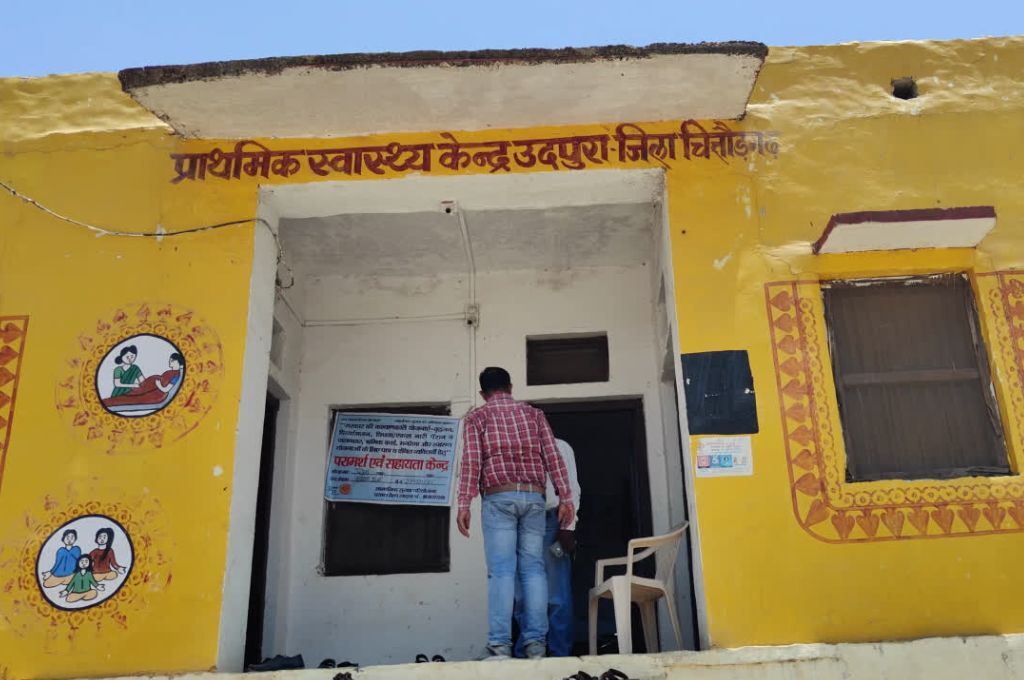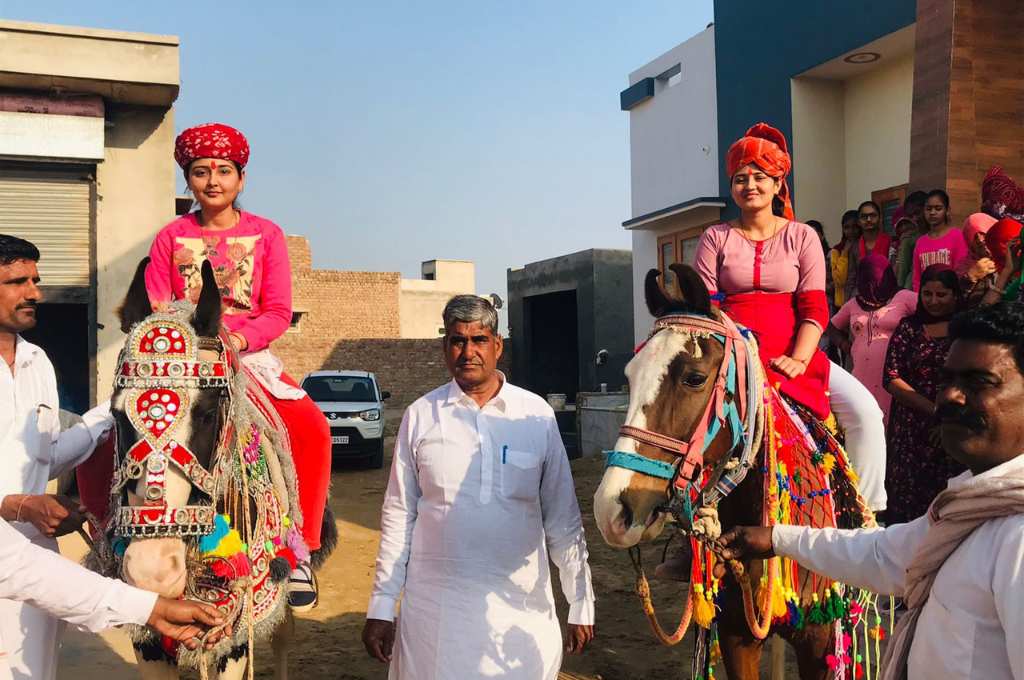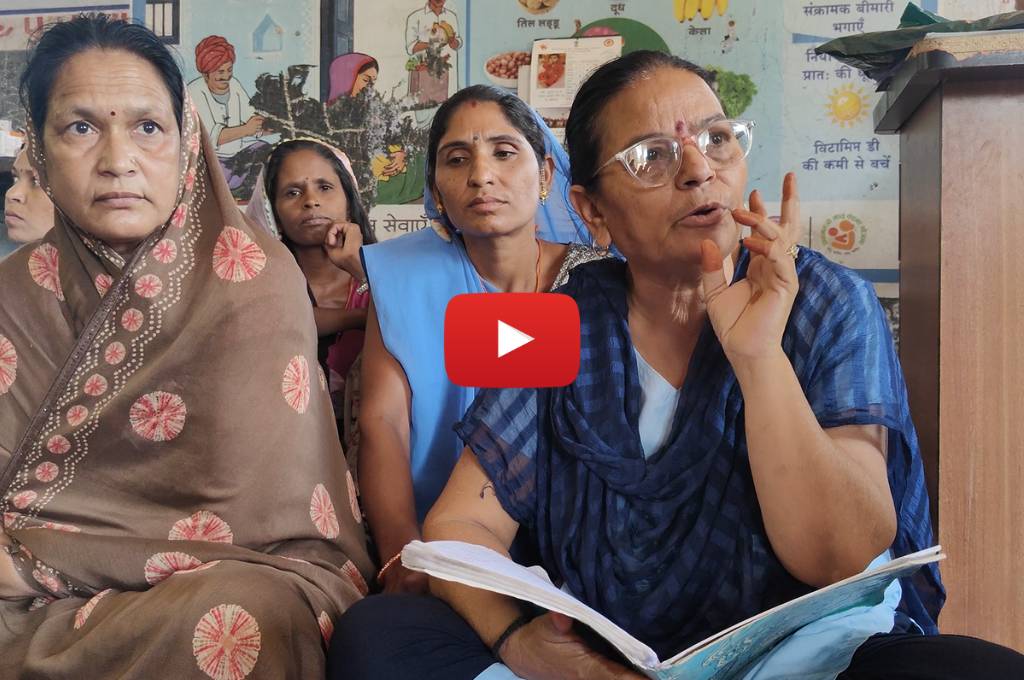India’s snakebite crisis: Why compensation needs to be rethought
Approximately 2,800 people are bitten by snakes in India every day, and thousands of snakes are killed in conflict situations with humans. The impact of interactions between humans and snakes ranges from momentary panic to life-altering disability and/or death. In Karnataka’s Mysuru district, where Humane Society International/India and The Liana Trust work collaboratively on snakebite prevention and treatment, conversations with snakebite survivors, their families, and non-bitten survivors (those who have lost a family member to snakebite) are a reminder of the gaps in policies.
One intervention necessary in snakebite mitigation is to provide fair ex gratia for loss of life from snakebite. In Karnataka, as in several other states, loss of life from snakebite warrants an ex-gratia amount of INR 2 lakh for next of kin. While this may seem sufficient on the surface, the reality is different. Manjula,* a snakebite victim from near our project site, was bitten on the leg while working in her field. After her leg was amputated from the hip down, she spent 14 months in various medical facilities and with faith healers before her untimely demise. Her husband Suresh* spent INR 16 lakh in treatment expenses during this period. Given their annual income of approximately INR 2–2.5 lakh, the remainder was assumed in the form of debt. To receive the INR 2 lakh that was his due, Suresh had to overcome multiple bureaucratic and red-tape hurdles over several more months.
Peculiarly enough, this ex-gratia amount is dispensed by the revenue department—and not the forest department or the agriculture department—under the Disaster Management Act. For loss of life from any human–wildlife conflict, the state forest department pays an ex-gratia amount of INR 15 lakh in Karnataka. So, if someone loses their life to an instance of elephant conflict, their next of kin would receive approximately eight times the amount as someone losing their life to snakebite, even though both these species are classified as wild animals and protected under the Wild Life (Protection) Act of 1972. In addition, while approximately 1,000 people lose their lives to conflict with elephants, tigers, leopards, bears, and crocodiles combined, 58,000 individuals lose their lives to snakebite every year.
The rationale for this seems to lie in the misclassification of snakebite as a natural calamity rather than as an example of human–wildlife conflict. Snakebite compensation—currently under the control of the revenue department—should be managed by the forest department, which handles other kinds of human–wildlife conflict. A change in this classification and a fair ex-gratia amount to snakebite victims would send a clear message that the government intends to change course and prioritise snakebite prevention and management.
Sumanth Bindumadhav leads efforts in education, capacity building, research, and policy reform at Humane Society International/India.
*Names changed to maintain confidentiality.
—
Know more: Read this article to learn what’s causing frequent bear attacks in Jammu and Kashmir.
Do more: Connect with the author at [email protected] to learn more about and support his work.



